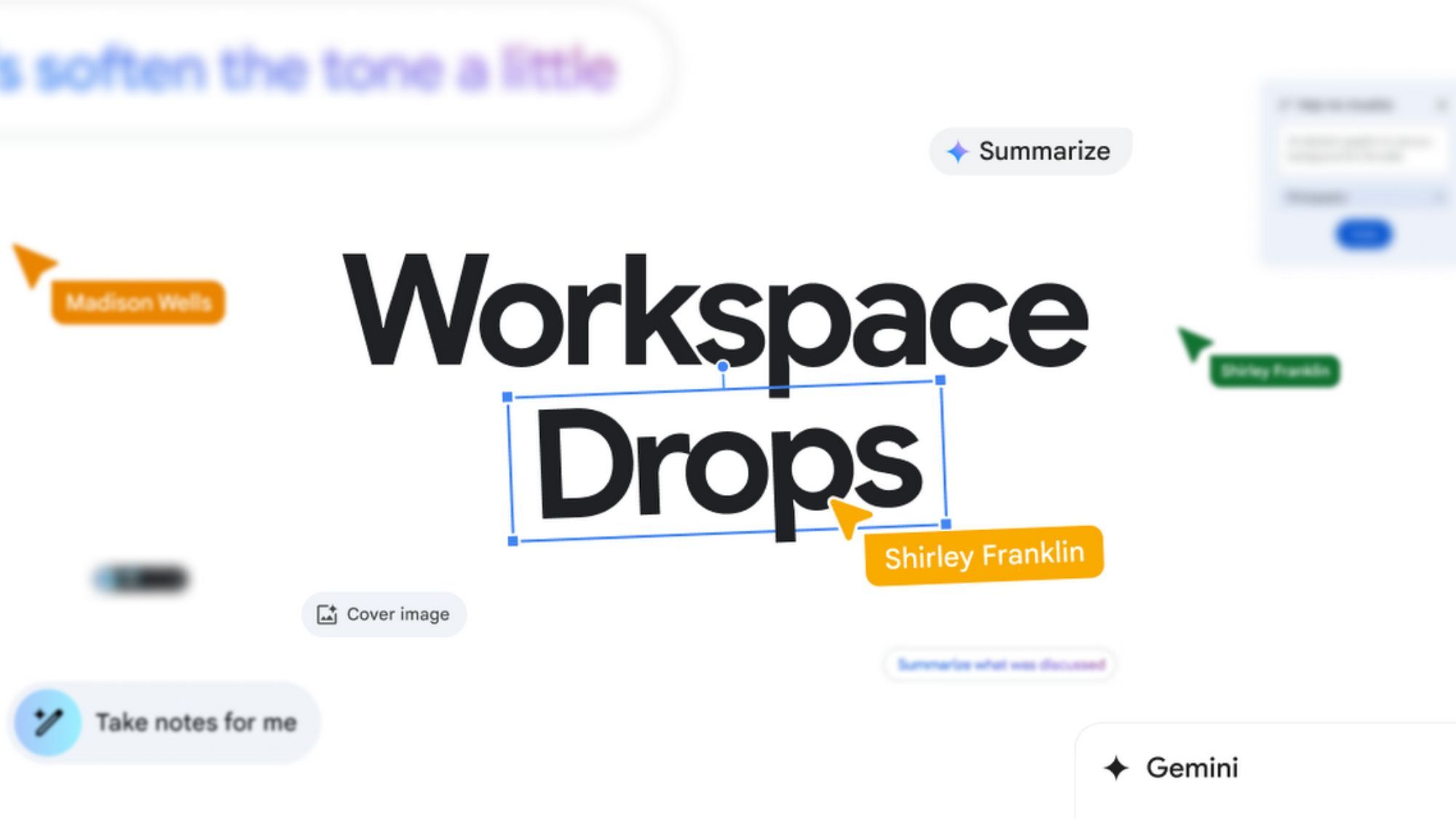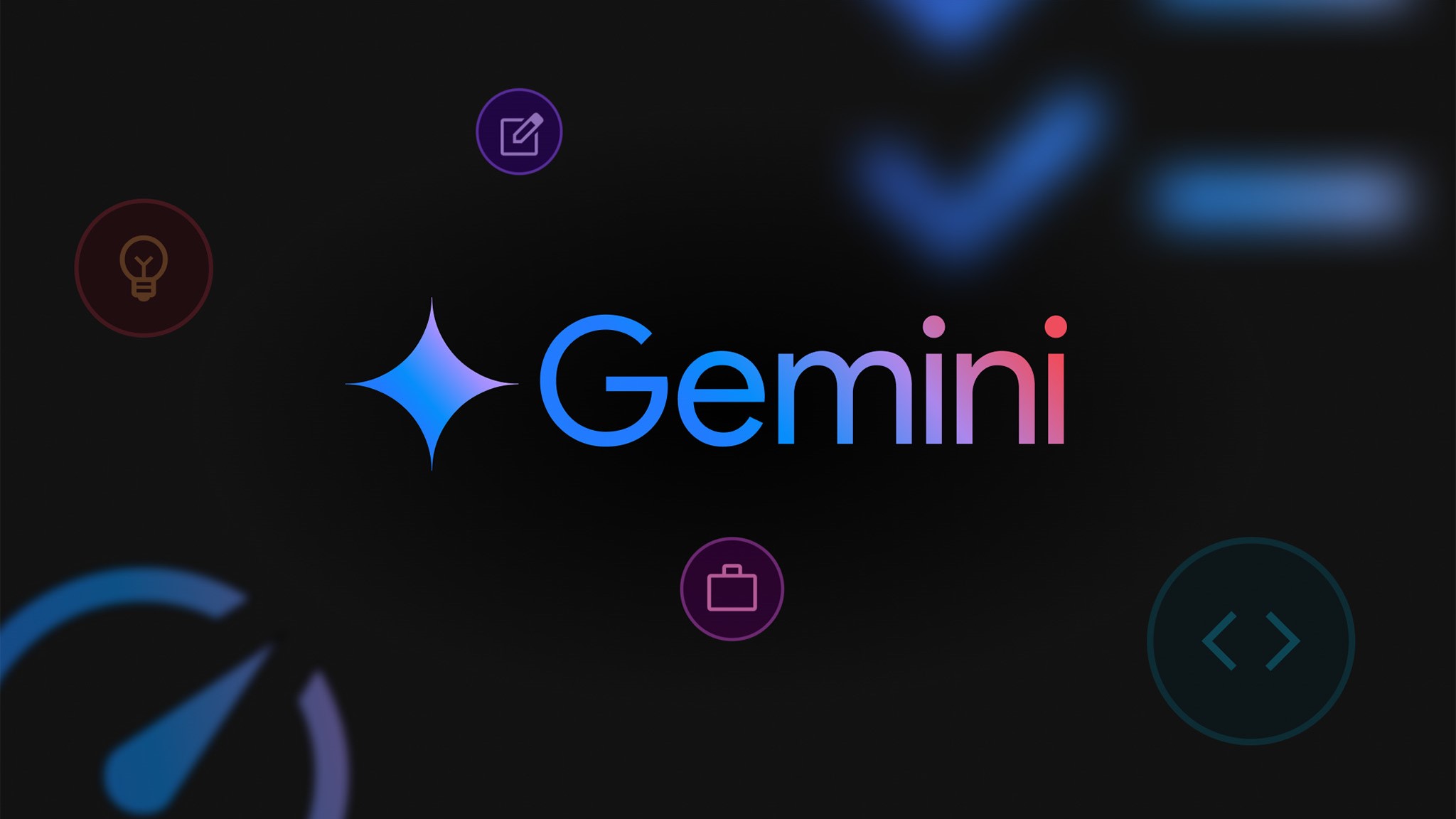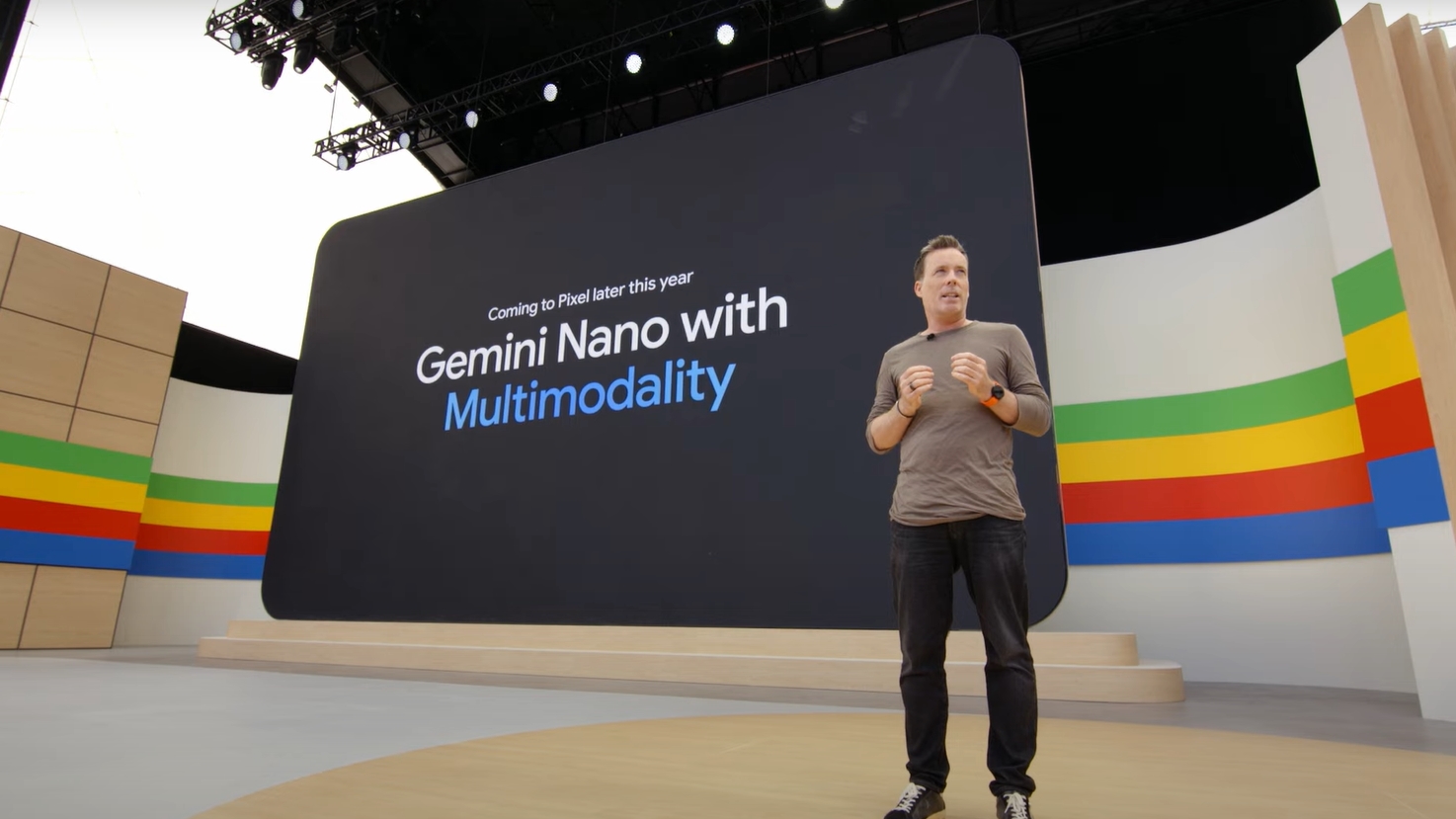Want to build a new PC but don’t know where to start? After the motherboard, the CPU is the next logical stop. Processors determine so much about how your computer works, but they can get expensive. We’ve got discounts on top chips to help you squeeze every penny out of your purchase. We’re seeing good prices on silicon right now, so snag one while they’re available. Here are the best processor offers from Intel and AMD for November.
The Hottest CPU Deals for November
The Best Intel Processor Deals

Credit: Amazon
Intel Core i9-14900K Desktop Processor
Specs: 6GHz CPU speed | 36MB cache | 24 cores
A 31% discount makes this powerhouse processor a serious bargain. PCMag’s review of the i9-14900K notes that it delivered “fast multi-threaded performance, and field-leading single-core performance,” with plenty of speed and stability. This is the perfect pick for a PC that’s going to handle processor-heavy stuff like gaming or creative apps. Integrated Intel graphics are also very capable if you don’t want an additional GPU. They did note that it can run a little hot under heavy load, so make sure your case has cooling that can cope.

Credit: Amazon
Intel Core Ultra 5 245KF Desktop Processor
Specs: 5.2GHz CPU speed | 26MB cache | 14 cores
Here’s a nice price cut on a midrange CPU that’ll anchor a desktop just fine. PCMag gave it a good review, noting that the processor delivered lower power consumption and operating temperatures than 14th Gen Core models, along with improved benchmarking. For a couple hundred bucks, this is a lot of value, and one of the lowest prices we’ve seen on this particular chip since it launched.

Credit: Amazon
Intel Core Ultra 9 285K Desktop Processor
Specs: 3.7GHz CPU speed | 36MB cache | 24 cores
Need an absolute multi-core powerhouse that will dominate the most taxing applications and games? The Core Ultra 9 is the flagship model for Intel’s “Arrow Lake” series. PCMag gave it an “Excellent” rating in its review, saying that the CPU was “arguably the most revolutionary processor Intel has released in decades” and noting that it outperformed its predecessor in many areas while pulling less power. It also comes with surprisingly capable integrated Intel graphics. A 12% price cut makes it much more attainable.

Credit: Amazon
Intel Core i7-14700F Desktop Processor
Specs: 5.3GHz CPU speed | 33MB cache | 20 cores
With another huge discount on a 14th-generation CPU, you can snag the i7-14700F from Amazon for 26% off off retail price. This is an excellent mid-range processor that delivers a ton of bang for the buck, with a hybrid architecture that incorporates both P-cores for performance and E-cores for efficiency to distribute computing tasks intelligently. It works with both Intel 700 Series and Intel 600 Series chipset-based motherboards.
The Best AMD Processor Deals

Credit: Amazon
AMD Ryzen 9 9900X Desktop Processor
Specs: 4.4GHz CPU speed | 76MB cache | 12 cores
Let’s start the AMD section with an excellent 12-core processor that PCMag raved about in its review, saying that “the Ryzen 9 9900X has a lot going for it that the Intel competition isn’t built to match.” Strong points include exceptional power efficiency and heat management, along with solid benchmarking performance when compared to the similar Intel Core i7-14700K. A 26% discount makes it all the more appealing.

Credit: Amazon
AMD Ryzen 7 9700X Desktop Processor
Specs: 3.8GHz CPU speed | 32MB cache | 8 cores
PCMag said the Ryzen 7 9700X was “better than its 7000-series predecessor, mostly on power consumption and heat generation,” in its review, noting that while it didn’t represent a massive performance jump over the last generation, it was well-suited for compact PCs and desktops where cooling is an issue. The new Zen 5 architecture is advertised to bring 16% better PPC than Zen 4 and benchmarked well across the board. A $50 price cut is juicy.

Credit: Amazon
AMD Ryzen 5 9600X Processor
Specs: 3.9GHz CPU speed | 32MB cache | 6 cores
While this budget CPU isn’t a speed demon, it’s a capable choice for building a PC on the cheap. In PCMag’s review, they praised the Ryzen 5 9600X for “good thermals for running on air cooling or inside a compact desktop,” noting the significant power draw improvements over the last generation, with the caveat that performance wasn’t boosted by a massive amount, in part due to the skimpy six-core loadout. It’s the most affordable AMD CPU this month, though.

Credit: Amazon
AMD Ryzen 7 7800X3D Processor
Specs: 4.2GHz CPU speed | 96MB cache | 8 cores
This was the fourth processor released with AMD’s 3D V-Cache technology, which allows the unit to stack a chip containing only cache memory on top of another chip, massively increasing the amount of possible cache in a small footprint. The beefy 96MB this one ships with shows how well it works. PCMag’s review notes that the CPU benchmarked decently, but the added cache results in lower clock speed, which can be an issue for some.
CPU Buying Guide
Building a new computer? Here’s what to keep in mind when you shop for a processor.
-
The big decision when you pick up a new CPU is whether you prefer AMD or Intel as the chipmaker. Both companies make high-quality hardware for a variety of needs. Intel CPUs are typically a little more expensive and prioritize multiple cores, while AMD processors push speed and are often better for gaming.
-
The four main metrics you use to evaluate a processor are cores, threads, clock speeds, and cache. Cores are the discrete computing units that perform the functions of computing. The more you have, the more your PC can do. Threads are a measure of multitasking and how many different things it can do at once. Clock speed is the raw speed of the device and how quickly it can do the work. CPU cache stores the information the processor is working on in fast-access memory.
-
Power consumption and cooling are the other factors that go into processor shopping. Different CPUs take different amounts of power and produce a range of heat outputs that require cooling systems to manage. The amount of space in your case is going to affect what kind of system you can accommodate.
Frequently Asked CPU Questions
Will CPU Prices Go Down in 2024?
According to PCMag, 2024 is the best year for building your own PC that we’ve seen in quite some time. CPU prices are hitting new lows, especially for models that have been out a year or two. While we wouldn’t expect them to drop much further, right now it’s a buyer’s market.
Which is better for gaming, AMD or Intel?
There’s no one answer to which company makes better CPUs for gaming PCs. Both offer high-end processors that can easily handle modern titles without skipping a beat. AMD in general produces more efficient chips that stay cooler, but Intel delivers better single-core performance at similar prices. AMD’s specialized X3D CPUs are some of the best on the market, prioritizing features that gamers value like caching.
Can I overclock an AMD or Intel processor?
Both manufacturers make CPUs that support overclocking, which is the method of boosting the CPU’s clock speed to deliver higher performance at the cost of increased heat output and power consumption. If you are going to overclock your processor, be sure that you have appropriate fans and cooling systems in place, or you risk doing permanent damage to your PC.



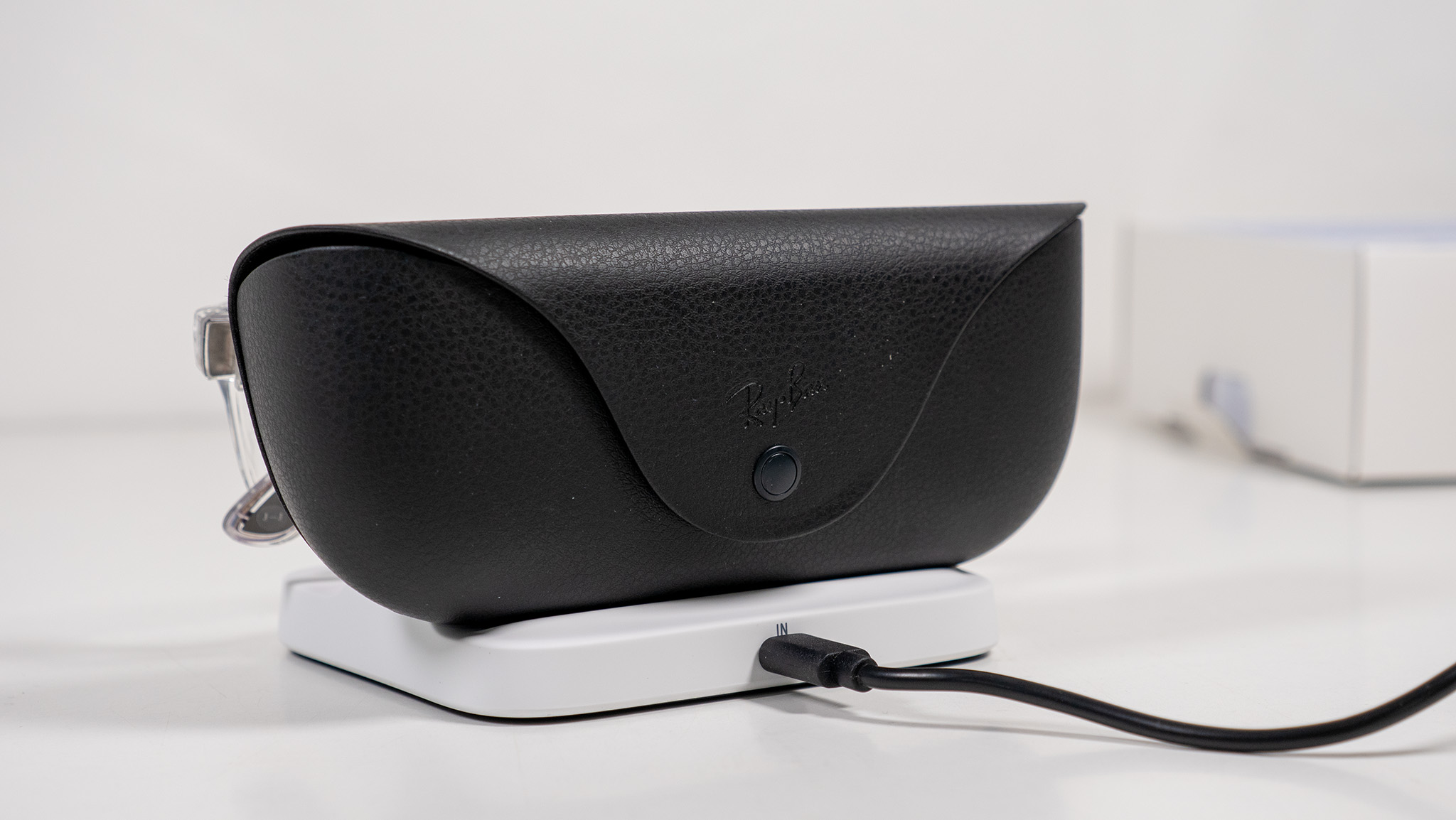


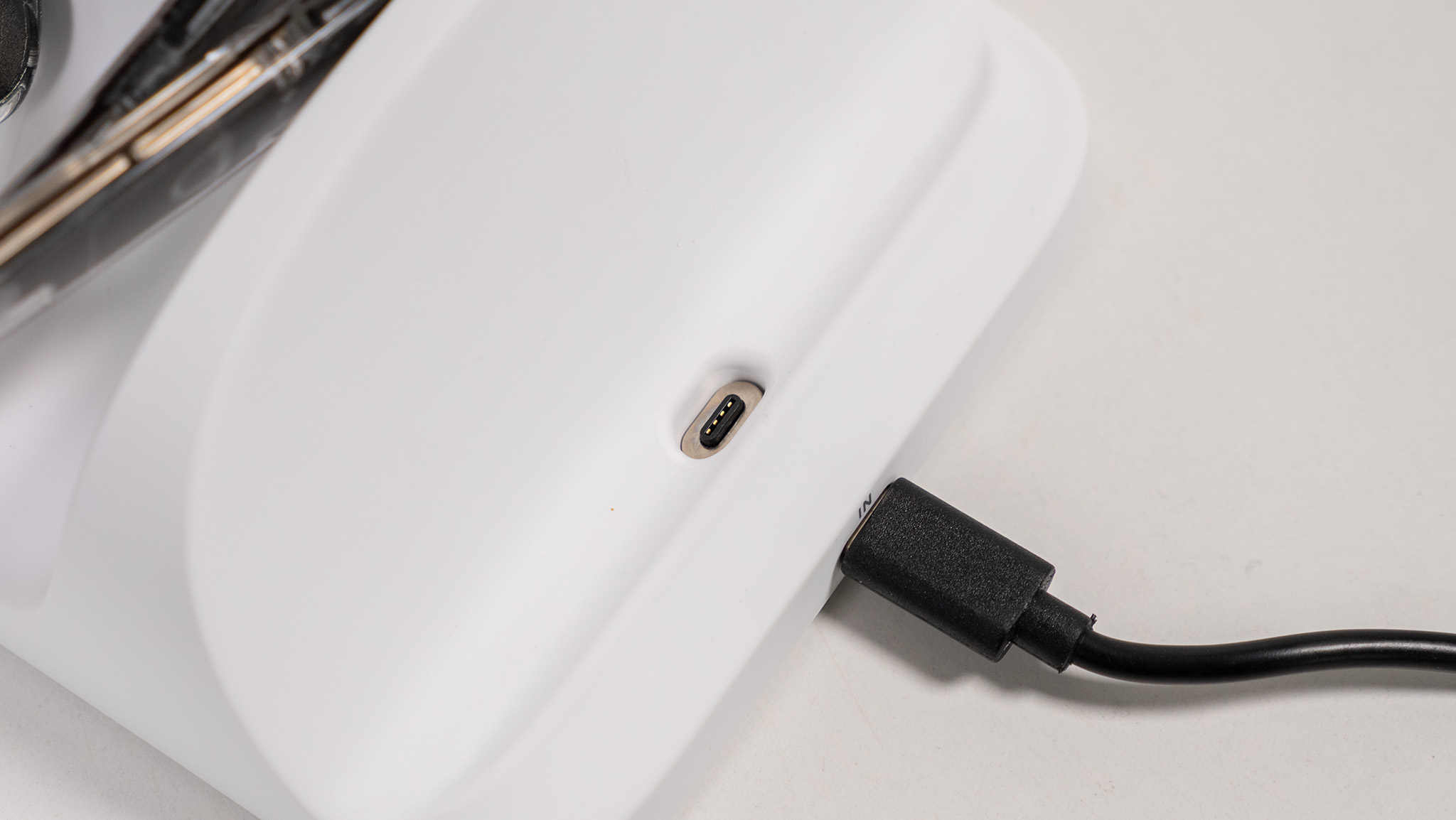






 –powered infrastructure for next-generation workloads.
–powered infrastructure for next-generation workloads.
